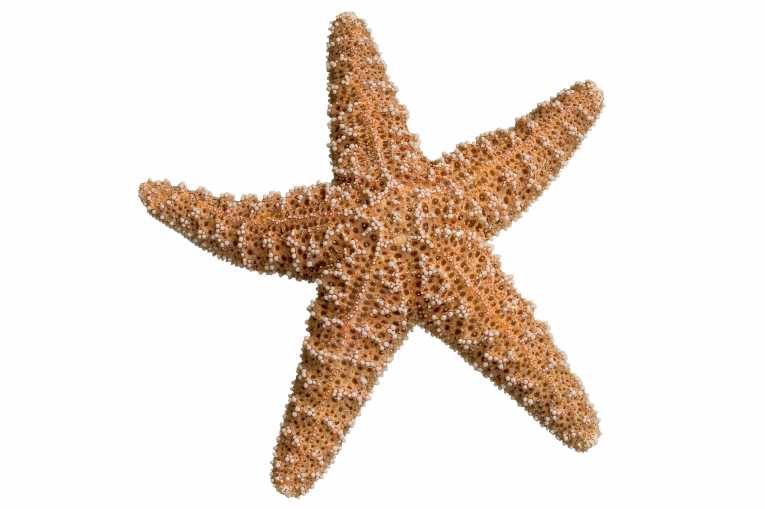It's not hard to make a case against marine pollution - it's demonstrably horrible - but scientists have now shown that as well as harming sea creatures, pollution also keeps them anchored to the spot and affects genetic diversity.
With more than half of the American population living on coasts - and world-wide that proportion rises to 60% - it's no surprise that humans affect life in neighboring marine habitats.
The chief way we muddy the waters is by allowing our waste, full of chemicals of all sorts, to run into the oceans. In Californian the Southern California Bight area of the Pacific is the lucky recipient of over 60 sources of sewage and urban runoff: that's a staggering 1 billion gallons of liquid flowing from the land into the sea on a dry day.
The dirtiest outpourings of US land livers are sewage from municipal treatment plants and urban runoff from highly modified river basins. In these toxic water sources you'll find: heavy metals, chlorinated hydrocarbons, petroleum hydrocarbons, nutrients, and bacteria, which have shown to be toxic to marine life.
The sea star, or starfish, is a typical ocean dweller, in that it makes its moves as a youngster. Young sea stars swim around before settling and remaining in situ for the rest of their lives.
Now researchers at UH MÄnoa's Hawai'i Institute of Marine Biology (HIMB) have looked at the genes of a common, non-harvested sea star to see how our dirty water is affecting the species' genetic make-up.
They found that major pollution sources are causing an increased genetic difference between distant populations. It's a phenomenon they believe is caused by a slow down in the movement of young sea starts. They also found that populations which neighbor each other are becoming more genetically similar.
UH Manoa PhD student Jon Puritz led the investigation, and he said: ''This study changes the scale at which we thought human beings can affect non-harvested marine species. These results have the potential to change the way anthropogenic factors are incorporated into marine reserve design and ecosystem-based management.''
Co-author and HIMB assistant researcher Dr. Rob Toonen added, ''This species was previously shown to have well-connected populations from Southern California to Southern Canada, but now we see that these urban runoff plumes in the Los Angeles area are a more significant hurdle for the microscopic larvae to cross than the remainder of the Pacific coast of the U.S.''










